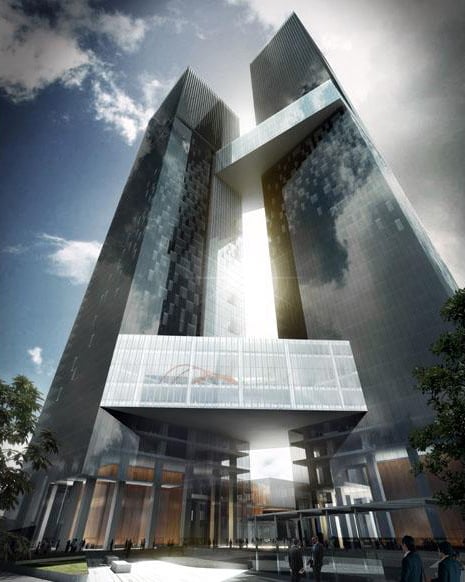Estimated reading time: 5 min
In 1980, Shenzhen was little more than a small coastal village notable only for its fishing. The growth it has experienced since is nothing short of miraculous given its 18 million citizens now make it one of the world’s largest cities, now known as the ‘Silicon Valley’ of China. How did this happen? Well, an experiment worked. Shenzhen was selected as the first of five Special Economic Zones (SEZ) and its 25,000 inhabitants quickly grew in numbers. While it’s true that new regulations and tax incentives brought new businesses to the area, urban design has also played a significant role in this remarkable city’s rapid growth over the past few decades.
Why Shenzhen?
The city’s location cannot be overstated. While nobody could have predicted the size and scale of its development, excellent links to the Pearl River Delta (now the largest urban area in the world) and nearby Hong Kong have certainly aided growth. The foresight in city planning was also crucial. Shenzhen was given room to grow (still the case today) and the urban design, crucially, had functionality at its core. The first master plan of the city was created when it became an SEZ and encouraged the movement of traffic towards nearby, larger urban areas. In total, there have been three master plans imposed since 1980 and each one can be seen as an evolution of the last; long-term planning is undoubtedly a key component in Shenzhen’s success.
 The Central Business District sits alongside the Sham Chun River with Hong Kong in the background by CC-BY 3.0
The Central Business District sits alongside the Sham Chun River with Hong Kong in the background by CC-BY 3.0
Urban Design
It goes without saying that the urbanization Shenzhen has experienced has resulted in a plethora of issues for planners. The terrain of Shenzhen was originally very hilly but development plans called for these areas to be flattened and replaced with a gridded infrastructure to create a more fluent urban fabric. Impressively, the excess ground was used in reclamation projects, particularly in the ports. The Luohu and Bao’an districts became a single urban area as a result. However, as the 21st century approached it became evident that the city was running out of space that could actually be used for development. Dilapidated buildings and virtually all low-density structures were cleared to make way for newer, higher density ones. Shenzhen has successfully has added millions of people to its metropolitan population in a way that few other developed cities could dream of.
 Shenzhen’s bustling inner-city during rush hour by CC-BY 2.0
Shenzhen’s bustling inner-city during rush hour by CC-BY 2.0
Development through Innovation
Tean Chee Ko, Design Director of landmark projects like RMJM’s Shenzhen Bay Innovation & Technology Centre is clear on how design can play a fundamental role in the growth of a city saying: “Interactive social spaces allow people…to congregate and exchange ideas.” He continues: “With hard work and innovative thinking a start-up company will grow and develop into a mature business. As the business develops it will expand. In time, it will come to be composed of multiple units as its influence on the greater economy grows. In our proposal, the spiral of ascending volumes, culminating in the taller of the twin towers, represents this aspiration for progress.” This idea is central to Shenzhen’s past development and its future. Home to giant manufacturers like Foxconn, it has become known as ‘Gadget City’ for the hundreds of tech manufacturing factories it houses. With manufacturers often a startup’s most important partner, Shenzhen offers an ideal environment for a company to evolve. For software, Silicon Valley is the place to be. For hardware, Shenzhen is just as important.
 The Shenzhen Bay Bridge forms part of the Shenzhen Bay Crossing and links the city with Hong Kong by CC-BY 2.0
The Shenzhen Bay Bridge forms part of the Shenzhen Bay Crossing and links the city with Hong Kong by CC-BY 2.0
The Future
Shenzhen’s continuing growth will not be linked only to the tech companies that pitch up and locate themselves there. Design and architecture have provided this previously unknown town with the infrastructure to compete with the biggest cities on the planet. Just as this seeming boundless city will continue to grow, so to will the opportunities for architects to keep innovating and finding new ways to maximise its space. In just 30 years, Shenzhen has grown from a provincial coastal fishing town to the tech manufacturing capital of the world. Its development over the next three decades promises to be just as exciting.
 The Shenzhen Bay Technology and Innovation Centre by RMJM
The Shenzhen Bay Technology and Innovation Centre by RMJM
Header image courtesy of Sergey Ivanov under license by CC-BY 2.0



关于体育场馆建筑设计